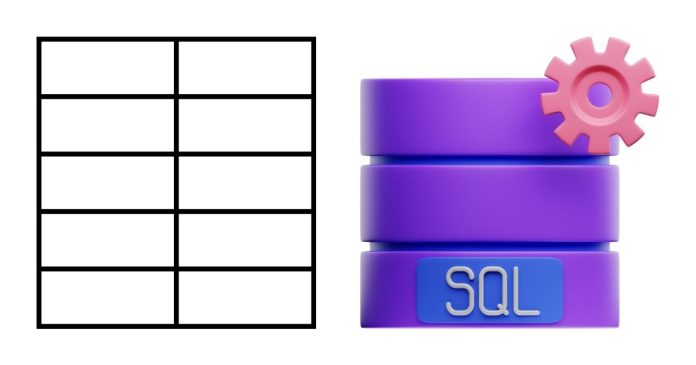When working with databases, it’s often necessary to view the structure of a table, including the names and details of its columns. Whether you’re debugging queries, exploring an unfamiliar database, or simply documenting your schema, listing all the columns in a table is an essential task. In this blog post, we’ll explore different ways to retrieve column information in SQL, depending on the database management system (DBMS) you’re using.
1. Using the INFORMATION_SCHEMA.COLUMNS
Most modern relational databases support the INFORMATION_SCHEMA views, which provide metadata about the database objects. The INFORMATION_SCHEMA.COLUMNS view contains information about all columns in the database.
Here’s a generic query to list all columns for a specific table:
SELECT COLUMN_NAME, DATA_TYPE, CHARACTER_MAXIMUM_LENGTH, IS_NULLABLE
FROM INFORMATION_SCHEMA.COLUMNS
WHERE TABLE_NAME = ‘your_table_name’;
If your database has schemas (e.g., PostgreSQL, SQL Server), include the schema name in the query:
SELECT COLUMN_NAME, DATA_TYPE, CHARACTER_MAXIMUM_LENGTH, IS_NULLABLE
FROM INFORMATION_SCHEMA.COLUMNS
WHERE TABLE_SCHEMA = ‘your_schema_name’
AND TABLE_NAME = ‘your_table_name’;
2. DBMS-Specific Queries
Some databases offer proprietary system views or commands to retrieve column information. Let’s explore the syntax for popular databases.
a) MySQL
In MySQL, you can use the SHOW COLUMNS command to list all columns in a table:
SHOW COLUMNS FROM your_table_name;
Alternatively, you can query the INFORMATION_SCHEMA.COLUMNS table as shown earlier.
b) PostgreSQL
PostgreSQL supports the INFORMATION_SCHEMA approach but also has its own catalog tables, such as pg_attribute and pg_class. Here’s an example:
SELECT column_name, data_type, character_maximum_length, is_nullable
FROM INFORMATION_SCHEMA.COLUMNS
WHERE table_schema = ‘your_schema_name’
AND table_name = ‘your_table_name’;
c) SQL Server
SQL Server also supports the INFORMATION_SCHEMA approach, but you can use system views for more details:
SELECT COLUMN_NAME, DATA_TYPE, CHARACTER_MAXIMUM_LENGTH, IS_NULLABLE
FROM INFORMATION_SCHEMA.COLUMNS
WHERE TABLE_SCHEMA = ‘your_schema_name’
AND TABLE_NAME = ‘your_table_name’;
Alternatively, you can use sys.columns and sys.tables:
SELECT c.name AS ColumnName, t.name AS TableName, ty.name AS DataType
FROM sys.columns c
JOIN sys.tables t ON c.object_id = t.object_id
JOIN sys.types ty ON c.user_type_id = ty.user_type_id
WHERE t.name = ‘your_table_name’;
d) Oracle
In Oracle databases, you can query the ALL_TAB_COLUMNS view:
SELECT COLUMN_NAME, DATA_TYPE, DATA_LENGTH, NULLABLE
FROM ALL_TAB_COLUMNS
WHERE TABLE_NAME = ‘YOUR_TABLE_NAME’;
Oracle column names are usually stored in uppercase by default. Make sure to match the case or use uppercase in your queries.
3. Viewing Table Structure in SQLite
SQLite does not support the INFORMATION_SCHEMA views, but you can use the PRAGMA statement to get column details:
PRAGMA table_info(‘your_table_name’);
This will return a list of columns along with their data types, nullability, and primary key status.
4. Example Output
Running one of the above queries will typically give you output similar to this:
| Column Name | Data Type | Max Length | Is Nullable |
|---|---|---|---|
| id | INT | NULL | NO |
| name | VARCHAR | 255 | YES |
| created_at | TIMESTAMP | NULL | NO |
Retrieving column information is a straightforward but crucial task in SQL. By leveraging INFORMATION_SCHEMA, proprietary system views, or commands specific to your DBMS, you can easily access metadata about your tables. Understanding these techniques can enhance your database management skills and help you debug or optimize your SQL queries.
Have any questions or tips on managing database schemas? Share them in the comments below!


